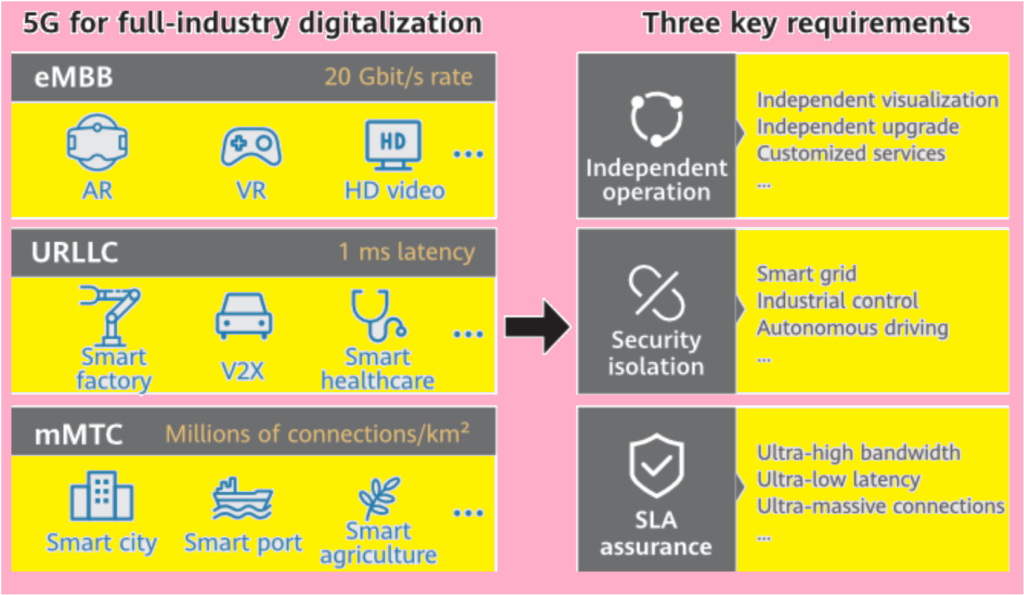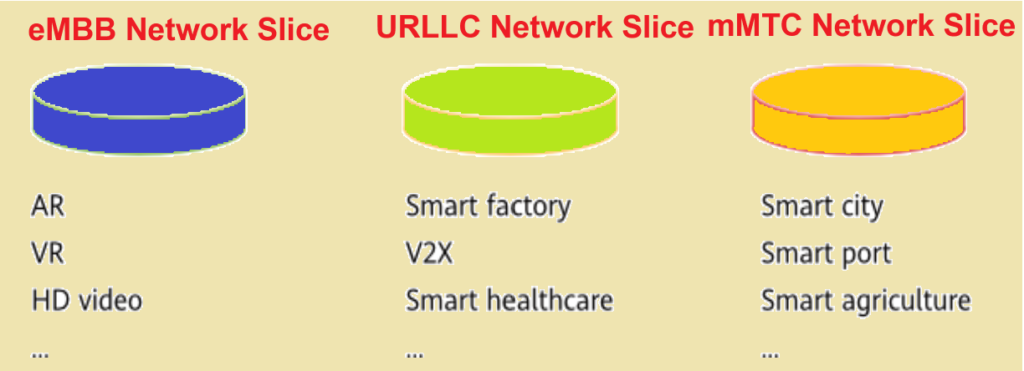In 2G networks, voice services were the primary focus. With the evolution to 3G, data services like SMS, email, web browsing, and multimedia became dominant revenue sources for operators. These services have diverse requirements for network resources, which are inherently limited. To manage these resources effectively, priorities are assigned to services based on their quality of service (QoS) needs. QoS ensures that network resources are provisioned appropriately, maintaining service quality across different types of data services.
3GPP specifications define nine basic QoS levels table below tailored to 4G, enabling refined management of service levels of various services.
| QCI | Resource type. | Priority | Packet delay budget (ms). | Packet error loss rate. | Example services. |
| 1 | GBR | 2 | 100 | 10−2 | Conversational voice. |
| 2 | GBR | 4 | 150 | 10−3 | Conversational video (live streaming). |
| 3 | GBR | 5 | 300 | 10−6 | Non-conversational video (buffered streaming). |
| 4 | GBR | 3 | 50 | 10−3 | Real time gaming. |
| 5 | Non-GBR | 1 | 100 | 10−6 | IMS signalling. |
| 6 | Non-GBR | 7 | 100 | 10−3 | Voice, video (live streaming), interactive gaming. |
| 7 | Non-GBR | 6 | 300 | 10−6 | Video (buffered streaming). |
| 8 | Non-GBR | 8 | 300 | 10−6 | TCP-based (e.g. WWW, e-mail) chat, FTP, p2p file sharing, progressive video, etc. |
| 9 | Non-GBR | 9 | 300 | 10−6 |
In 4G networks, QoS is implemented at the level of the radio access bearer (RAB), offering a broader granularity for service management. With 5G, the introduction of diverse service types, including IoT and machine communication, necessitates finer control. To address this, QoS in 5G operates at the granularity of QoS flows, allowing for more precise identification and flexible management of services to meet varying requirements efficiently. This shift supports the vision of 5G as a fully connected ecosystem.
Read Also: What is QoS Class Identifier (QCIs) for LTE?
Why is network slicing still required?
While 5G QoS effectively differentiates service types, network slicing is necessary to fully address the distinct and diverse requirements of eMBB, URLLC, and mMTC use cases. These use cases demand tailored network configurations:
- eMBB: Needs high bandwidth, capacity, and mobility.
- URLLC: Requires ultra-low latency and high reliability.
- mMTC: Prioritizes massive connection density.
Network slicing ensures each use case meets its Service Level Agreements (SLAs) by enabling isolated, independently operated virtual networks, which are essential for industry-specific digitalization goals.

Traditional QoS-based networks lack the ability to provide independent operation and security isolation across different service requirements, limiting their capacity for efficient SLA assurance. Network slicing overcomes these limitations by enabling an operator’s physical network to be partitioned into multiple end-to-end (E2E) virtual networks, encompassing the RAN, transport, and core networks. Each slice is isolated and customizable, catering to specific service needs such as latency, bandwidth, connection density, and reliability. This ensures tailored network capabilities for various industries, enabling multiple logical networks to operate on a shared infrastructure.
Network slices are classified into eMBB, URLLC, and mMTC based on service scenarios, each acting as a subnet with isolated RAN, transport, and core network resources. These subnets can be further divided into specialized subnets for tailored applications. For instance, a URLLC subnet can encompass a smart factory, vehicle-to-everything (V2X), or smart healthcare subnet, ensuring precise resource allocation and SLA compliance for diverse industry needs. This hierarchical slicing approach allows for flexible customization and isolation across multiple layers of services.

How is 5G QoS related to network slicing?
In 5G, QoS and network slicing complement each other to ensure service quality and customization. A network slice acts as a dedicated subnet, isolating resources for specific use cases like eMBB, URLLC, or mMTC. Within a slice, QoS mechanisms manage the service quality by applying rules and priorities to services. Even when a slice supports a single QoS-specific service type, its overall service priority reflects the QoS service priority, ensuring precise resource allocation and SLA compliance within the slice.